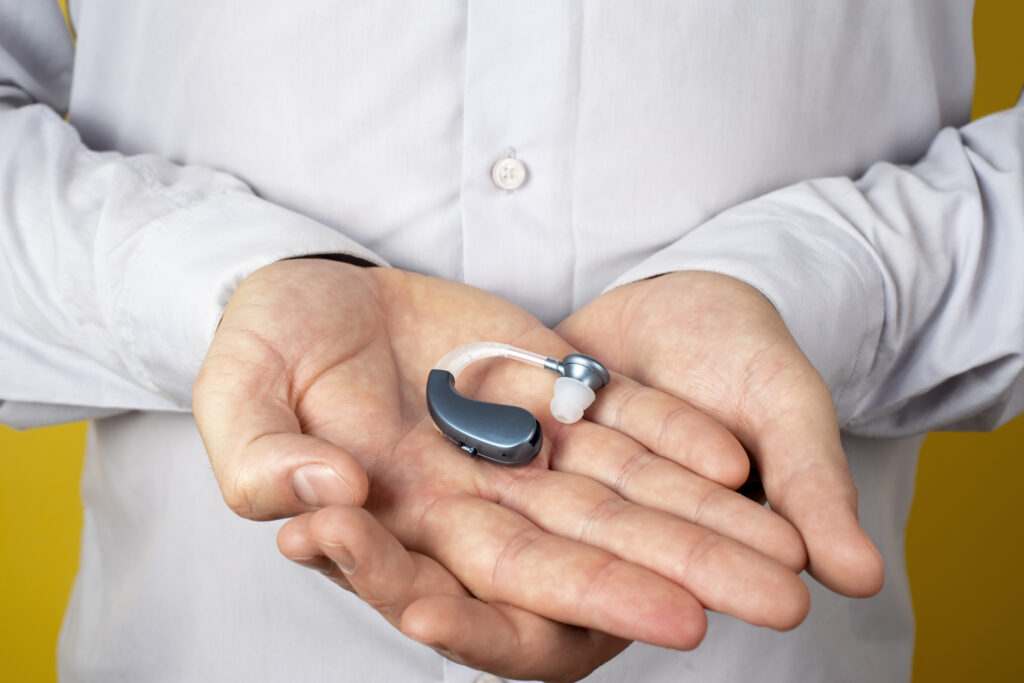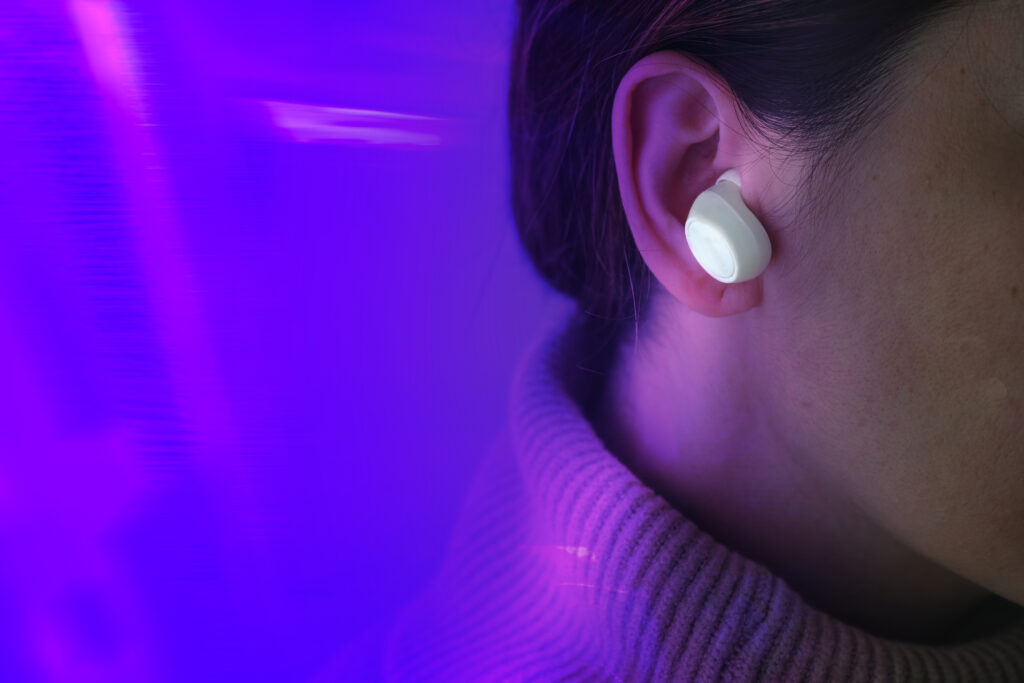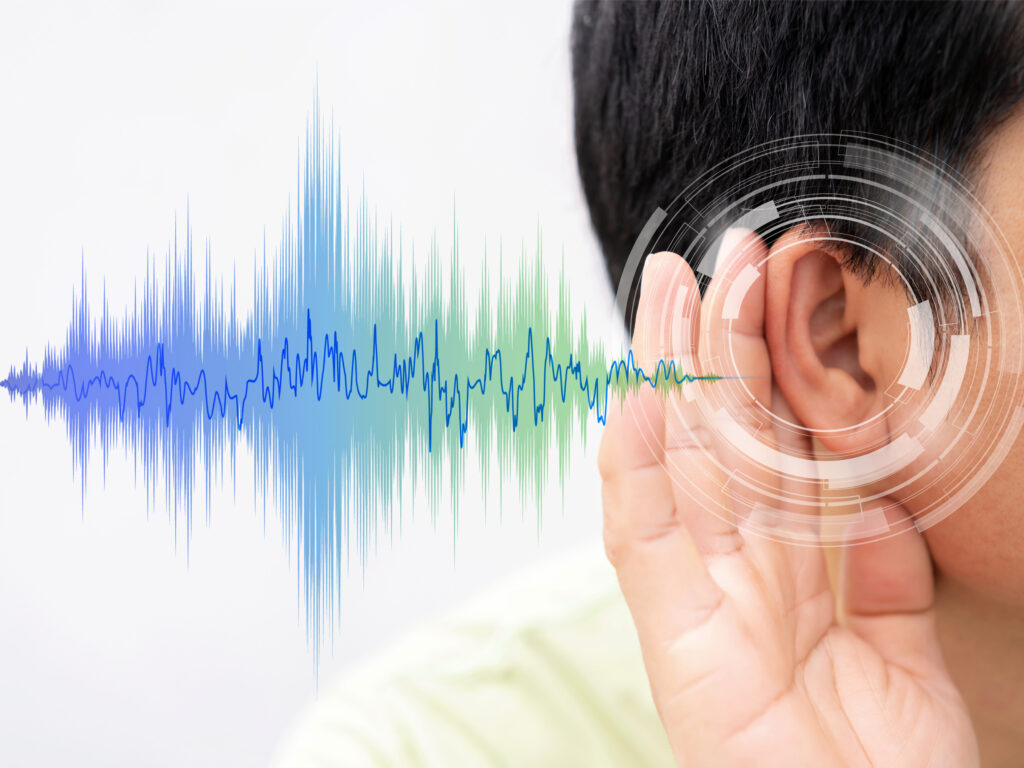Introduction:
Hearing aids have come a long way from their humble beginnings as simple amplification devices. As technology continues to evolve, so do these essential tools for individuals with hearing impairments. In this exploration, we’ll dive into the latest developments in hearing aid technology, uncovering cutting-edge features, exploring enhanced connectivity options, and understanding the potential life-changing impact on users.
The Evolution of Hearing Aid Technology: A Brief Overview:
To appreciate the advancements in hearing aid technology, it’s crucial to understand their evolution. Early hearing aids were bulky, uncomfortable, and lacked the sophistication needed for nuanced sound processing. Over the years, technology has transformed these devices into sleek, discreet instruments capable of addressing a range of hearing challenges.
Cutting-Edge Features:
a. Artificial Intelligence and Machine Learning:
One of the most exciting developments in hearing aid technology is the integration of artificial intelligence (AI) and machine learning. These technologies allow hearing aids to adapt and learn from users’ preferences and environments. AI-driven algorithms can adjust settings in real-time, providing a personalized and seamless listening experience.
b. Speech Enhancement and Noise Reduction:
Modern hearing aids excel at isolating speech from background noise. Advanced algorithms distinguish between speech and other sounds, enhancing the clarity of conversations even in noisy environments. This feature significantly improves users’ ability to engage in social interactions and navigate challenging listening situations.
c. Environmental Awareness:
Hearing aids with environmental awareness capabilities can automatically adjust settings based on the user’s surroundings. Whether in a quiet room or a bustling street, these devices optimize sound processing to ensure optimal hearing without manual adjustments.
d. Rechargeable Batteries and Extended Battery Life:
Traditional hearing aids relied on disposable batteries, leading to frequent replacements. The latest models often feature rechargeable batteries, offering convenience and environmental sustainability. Additionally, advancements in battery technology have extended the overall battery life, reducing the need for frequent charging.
Enhanced Connectivity Options:

a. Bluetooth Connectivity:
Modern hearing aids have embraced Bluetooth technology, enabling seamless connectivity with various devices such as smartphones, tablets, and smart TVs. Users can stream phone calls, music, and other audio content directly to their hearing aids, enhancing their overall auditory experience.
b. Smartphone Apps for Remote Control:
Many contemporary hearing aids come equipped with companion smartphone apps that allow users to control settings remotely. This level of customization ensures that individuals can adapt their hearing aids to specific environments or activities with ease.
c. Integration with Smart Home Devices:
Advancements in connectivity extend beyond smartphones. Hearing aids can now integrate with smart home devices, allowing users to connect with virtual assistants, control home automation systems, and enjoy a more interconnected and accessible living environment.
Potential Impact on Users’ Lives:
a. Improved Social Engagement:
The integration of cutting-edge features and enhanced connectivity options translates into improved social engagement for individuals with hearing impairments. Clearer speech, reduced background noise, and effortless communication contribute to more fulfilling interactions with family, friends, and colleagues.
b. Enhanced Work and Educational Opportunities:
In the professional and educational spheres, the impact of advanced hearing aid technology is profound. Speech enhancement features and remote control capabilities empower users to actively participate in meetings, classes, and various work-related activities, fostering inclusivity and equal opportunities.
c. Emotional Well-Being and Quality of Life:
The emotional well-being of individuals with hearing loss receives a significant boost from the latest hearing aid technologies. The ability to seamlessly navigate diverse listening environments, coupled with personalized adjustments, contributes to an improved quality of life and a sense of confidence in daily activities.
Challenges and Considerations:
While the advancements in hearing aid technology are impressive, there are challenges and considerations to be aware of. Affordability remains a barrier for some individuals, limiting access to the latest innovations. Moreover, ongoing efforts are needed to educate users and healthcare professionals about the capabilities and benefits of these cutting-edge devices.
The Future Landscape of Hearing Aid Technology:
The future holds exciting possibilities for hearing aid technology. Researchers and engineers are actively exploring advancements in miniaturization, biometric sensing, and even integration with wearable devices. As technology continues to evolve, the goal is to make hearing aids more intuitive, user-friendly, and seamlessly integrated into individuals’ lives.
Conclusion:
Advancements in hearing aid technology are transforming the lives of individuals with hearing impairments. From artificial intelligence and speech enhancement to Bluetooth connectivity and extended battery life, these innovations offer a glimpse into a future where hearing aids are not just assistive devices but integral components of a connected and inclusive lifestyle. As we navigate this ever-evolving landscape, it’s essential to prioritize accessibility, affordability, and education to ensure that the benefits of these technologies reach everyone who can benefit from them.



